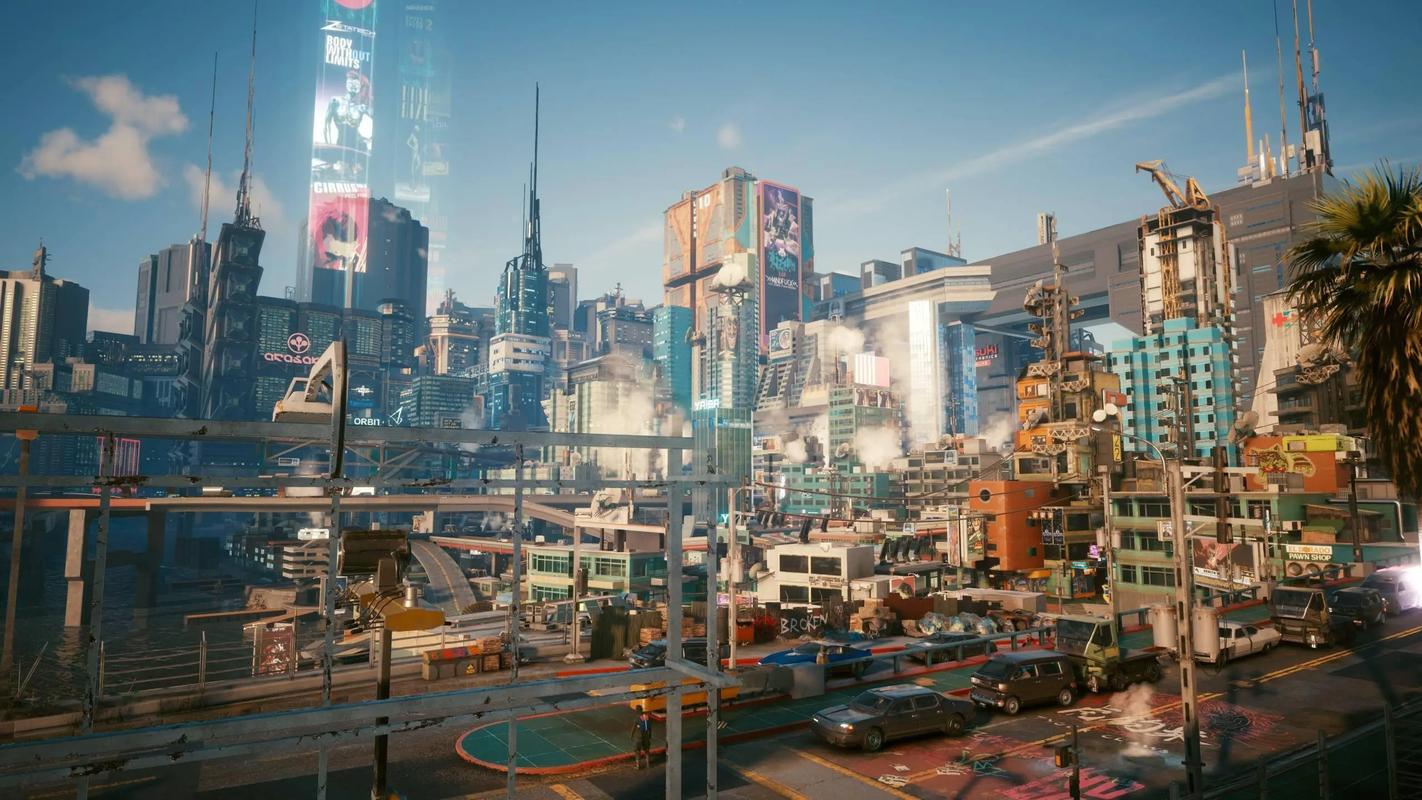The Unseen Architecture of Aether: How Metroid Prime Remastered Perfects a 20-Year-Old Masterpiece
The announcement of Metroid Prime Remastered was met not with mere excitement, but with a palpable sense of anxious hope. For years, the original GameCube title has been enshrined in the pantheon of gaming’s greats, a flawless translation of a 2D exploration saga into a breathtaking 3D world. The question was not if it was a masterpiece, but whether a remaster could possibly do it justice without inadvertently tarnishing its legacy. The answer, as delivered by the masterful artisans at Retro Studios and their partners, is a resounding and definitive yes. Metarrayed Prime Remastered is far more than a simple visual upgrade; it is a meticulous archaeological restoration that reaffirms the game's timeless quality while making it more accessible and visually stunning than ever before.
The most immediate and staggering achievement of the remaster is its visual overhaul. This is not a simple case of up-rezzing textures and calling it a day. This is a ground-up reconstruction. Every environment, from the rain-lashed cliffs of Tallon IV to the claustrophobic, bio-mechanical corridors of the Phazon Mines, has been completely retextured with modern, high-resolution assets. The original art direction—a masterclass in atmospheric, alien world-building—remains sacrosanct, but it is now presented with a clarity and detail that was only hinted at on the GameCube.
Lighting is the true star of this show. The original game’s use of bloom lighting and dynamic shadows was revolutionary for its time. The remaster elevates this to a photorealistic level. Beams of light now cut through particulate-filled air, the glow of Samus’s Arm Cannon authentically illuminates dark corners, and the subtle sheen of water droplets on her Visor reacts to environmental light sources. These are not just pretty effects; they are functional. The enhanced lighting actively aids the player, making pathways more intuitive to discern and hidden secrets slightly less opaque. It deepens the immersion, making the world feel more tangible and threatening. The iconic moment of seeing Samus’s face reflected in her Visor is no longer a cool tech demo; it’s a seamless, ever-present part of the experience, grounding you firmly in the suit.
Crucially, this visual splendor is married to a rock-solid performance. The choice to target 60 frames per second is the single most important gameplay decision made in the remaster. The original’s 30 FPS was acceptable for its era, but the buttery smoothness of 60 FPS transforms the feel of the game. Combat is more responsive, platforming is more precise, and simply panning the camera across the environment is a fluid, seamless joy. It removes a layer of friction between the player and the world, allowing the game’s core mechanics to shine with a modern polish. This technical achievement proves that the core design of Metroid Prime was always meant for this level of fluency; we just lacked the hardware to realize it fully in 2002.
Beyond the technical and visual marvels lies a more subtle triumph: the refinement of control. The remaster offers a triumvirate of control schemes, catering to every possible preference. Purists can revisit the classic lock-on-and-strafe “Hybrid” controls of the GameCube. Those who cut their teeth on the Prime trilogy on Wii can return to the pointer controls, which remain incredibly effective. But the crown jewel is the new dual-stick control scheme, which aligns the game with modern first-person standards. This is the option that truly unlocks the game for a new generation. It makes the act of exploration and combat feel instinctive, removing the initial barrier that some players might have had with the original’s unique scheme. This inclusivity, this respect for the player’s preference, is a hallmark of a quality remaster. It doesn’t force one way of playing; it empowers you to choose how you want to experience this world.
And what a world it remains. All the visual and control upgrades would be meaningless if the underlying game had not aged well. The genius of Metroid Prime was its unwavering commitment to atmospheric, isolationist exploration. It was a first-person shooter that was rarely about shooting first; it was about observing, scanning, deciphering, and surviving. This design philosophy is timeless. The labyrinthine map of Tallon IV is still one of the most brilliantly interconnected and rewarding environments ever created in a video game. The sense of progression, of gaining a new ability and suddenly understanding how to access a previously unreachable area, is a loop that has been endlessly copied but rarely matched. The remaster does not touch this perfect pacing, the haunting soundtrack, or the satisfying puzzle-box structure. It simply presents it all in its ideal form.
Metroid Prime Remastered succeeds because it understands the difference between a remake and a restoration. It does not seek to reinvent or reimagine. Its goal is reverence. It identifies every element that made the original a landmark—the art direction, the atmosphere, the world design, the isolation—and uses modern technology to strip away the technical limitations that obscured them. It removes the Vaseline-smeared lens of early 2000s hardware to reveal the pristine masterpiece that was always there beneath the surface.
In doing so, it achieves something remarkable: it allows both veterans and newcomers to experience Metroid Prime not as a historical artifact, a game to be respected for its influence, but as a vibrant, essential, and qualitatively top-tier game right now. It doesn’t just preserve a classic; it actively argues for its place alongside today’s best titles. It is the definitive version of a timeless adventure, a perfect example of how to honor a legacy while ensuring its light burns brighter for generations to come. This isn’t just a remaster; it is the final, perfected form of a 3D Metroid quality that has yet to be surpassed.
















